A major shift awaits U.S. travelers beginning May 7.
Real ID requirement
Will be required for flying domestically within the U.S. and entering federal buildings. Initiated following the 2001 security changes, this program seeks to improve identification checks. The Real ID features a distinctive gold star and complies with stringent federal guidelines. Nonetheless, different states might implement these rules differently, providing certain citizens an easier option.
Five U.S. states—Washington, Michigan, Minnesota, New York, and Vermont—have introduced
enhanced driver’s licenses
These upgraded licenses comply with federal standards and are accepted for boarding domestic flights as well as accessing federal facilities, serving as an alternative to the Real ID. Consequently, individuals living in these states can bypass the extra process required to get a Real ID if they have one of these enhanced licenses instead.
People living in states where enhanced licenses aren’t offered must have a Real ID or some other federal approval for their identification. Other acceptable options encompass a current passport, green card showing residency status in the U.S., employment authorization document with photograph, maritime credentials issued by the U.S., or even a license from one of Canada’s provinces. For an exhaustive compilation of these accepted forms of documentation, refer to the TSA’s official listing.
Applying for a Real ID, if required, is a straightforward process. Begin by visiting your state’s Department of Motor Vehicles (DMV) website to initiate the application online and review the list of necessary documents. Typically, applicants must provide proof of full legal name and date of birth, Social Security number, two documents verifying state residency, and proof of lawful status in the U.S.
The Department of Homeland Security (DHS) provides a Real ID lookup tool on their website, enabling people to locate the closest DMV office and review specific state requirements. As the deadline looms closer, officials advise taking immediate action to prevent any hold-ups, particularly for those intending to travel during the summer.
For people living in states that offer enhanced licenses, these alternatives facilitate an easy adjustment to meet federal requirements. This highlights the significance of being aware of state-specific choices and promptly acting to maintain smooth travel and entry into federal sites.
With the Real ID deadline approaching, it’s essential to stay informed and get ready. If you choose to obtain a Real ID or prefer an enhanced driver’s license instead, knowing what’s required and taking preemptive actions can make your shift towards this new phase of travel and identity verification much smoother.

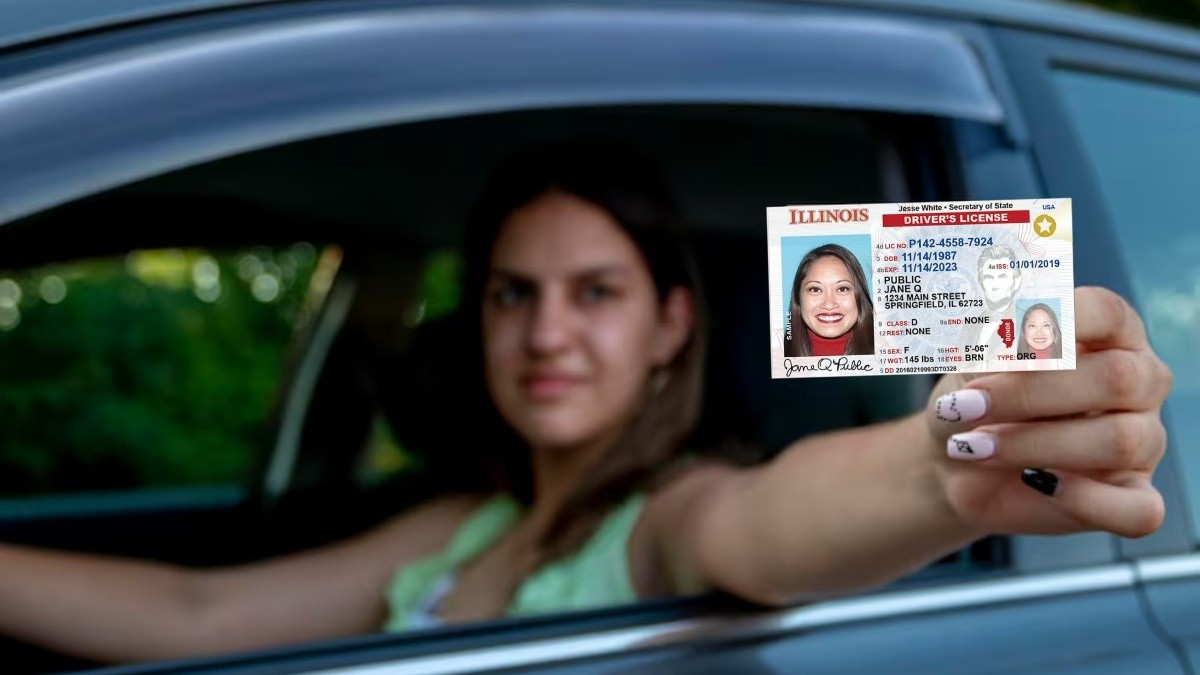

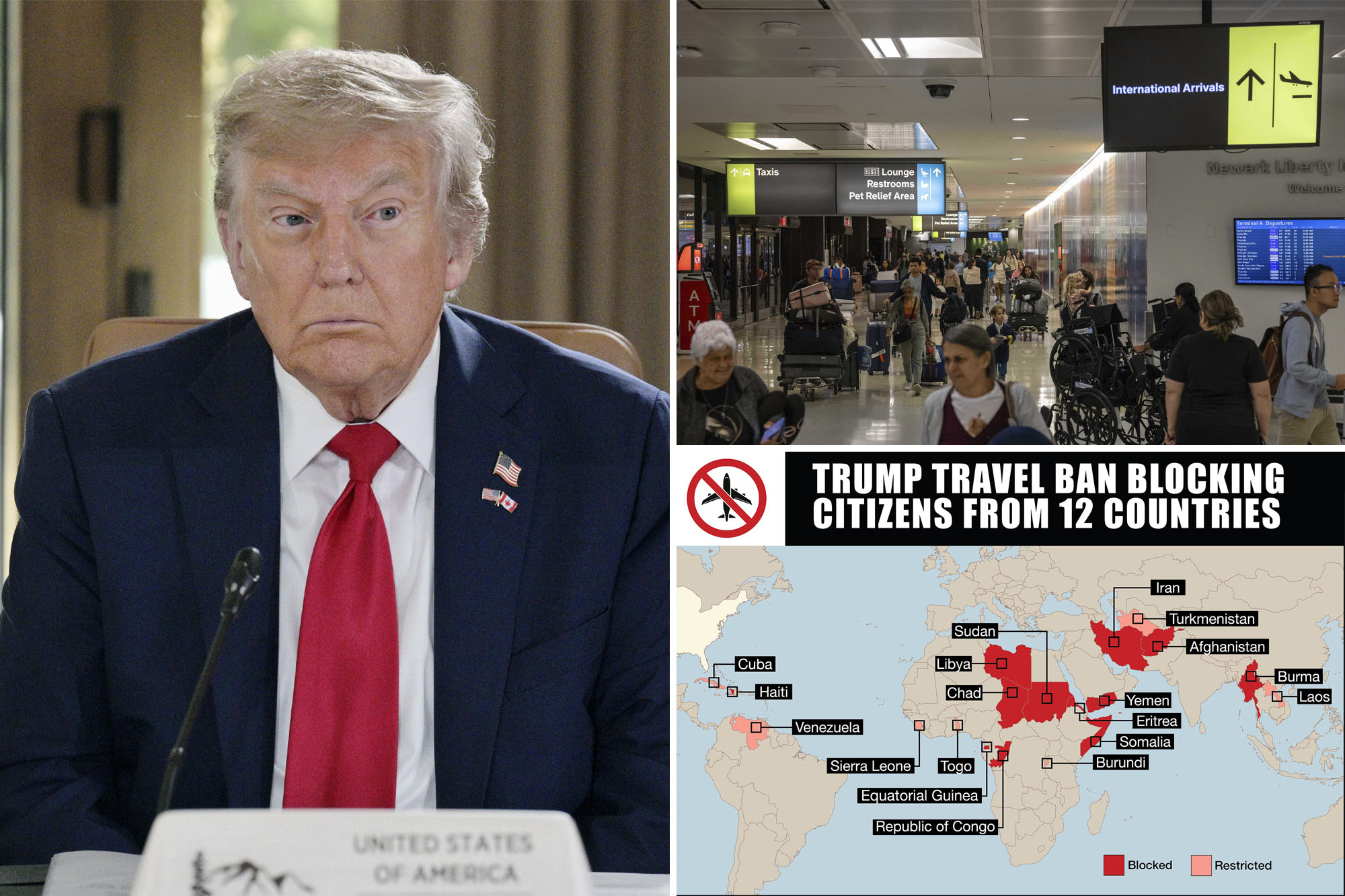
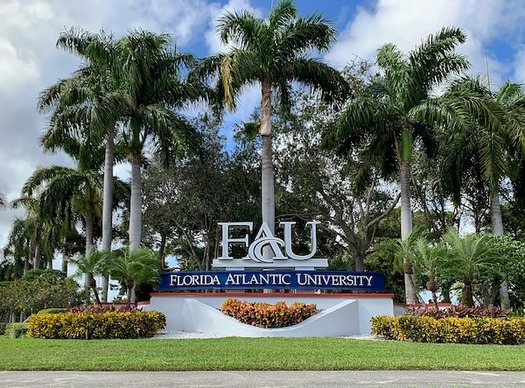
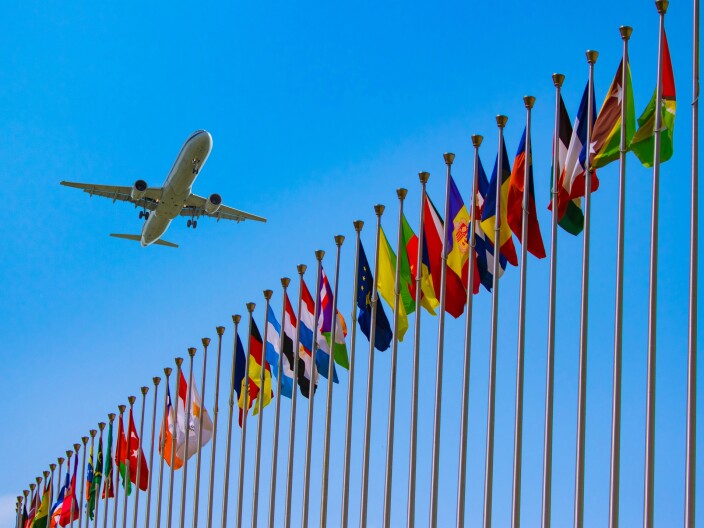




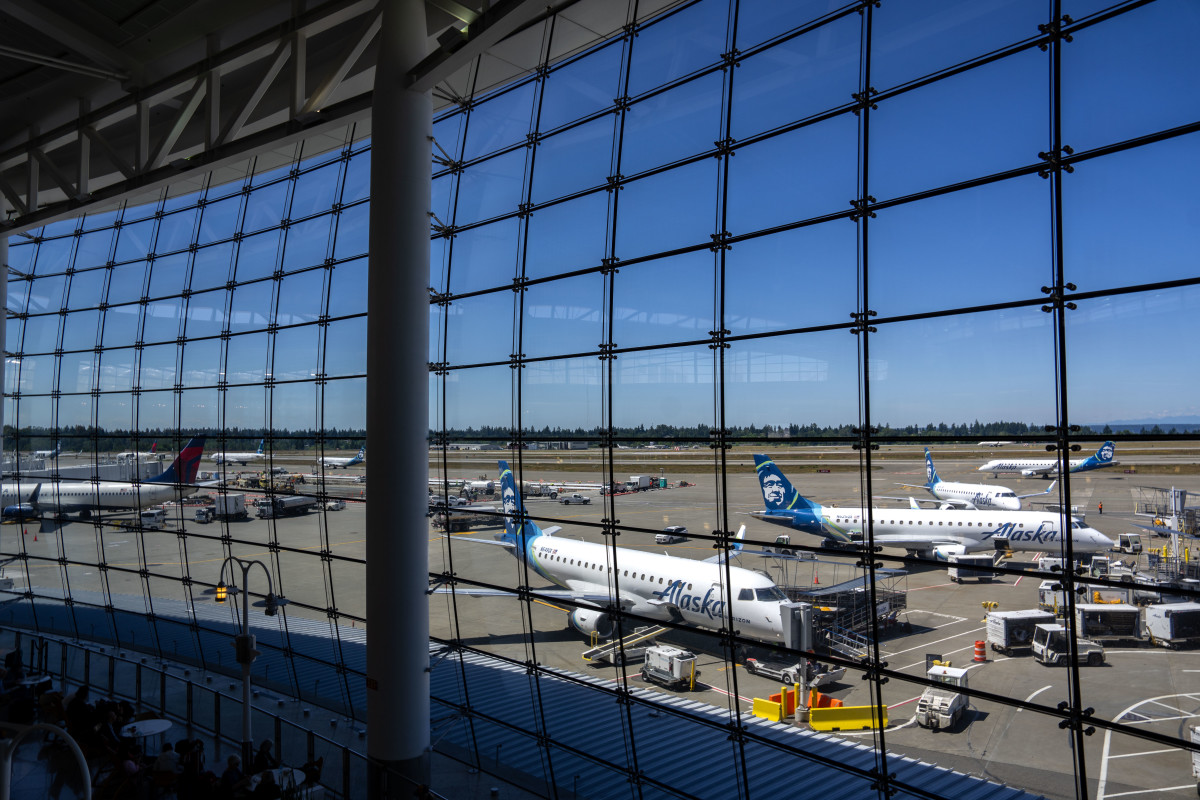







Leave a Reply